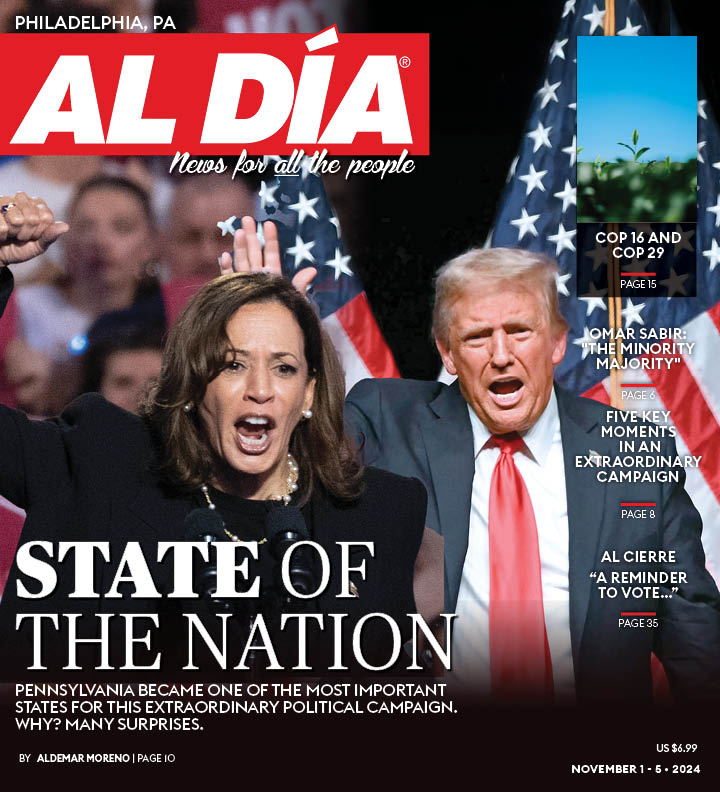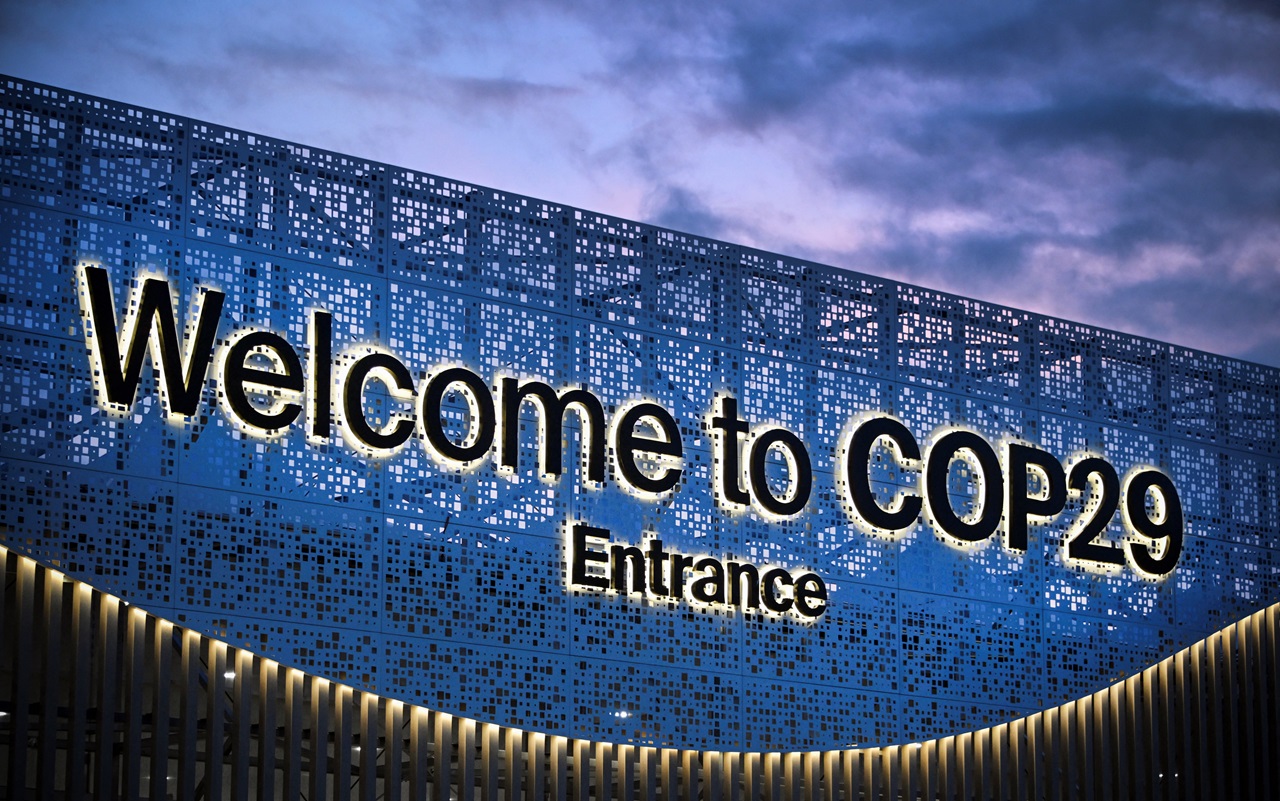
From immigration to COVID-19: Analyzing the disparities in Latino communities
A report released by UnidosUS details how Latinos have been impacted by systemic racism and inequality in America.
This month UnidosUS, a civil rights and advocacy organization for the Latino community, issued a report on the disparities Latinos face in American society and provided the historical context they believe explains this.
The report, titled “Toward a More Perfect Union: Understanding Systemic Racism and Resulting Inequity in Latino Communities,” covered seven different topics ranging from criminal justice to voting rights.
It starts by addressing the rapid increase in the Latino population in the U.S.
1980 was the first year that people were allowed to select the term “Hispanic” to identify themselves in the census and in that year, the population stood at 9.6 million.
In 2021, the number of Hispanics is more than the population of Italy at 60 million and accounting for a fifth of all people living in America.
Despite the ever growing presence that Latinos are having in America, they are still treated as a monolith and live in a white dominated society that gets to dictate their narrative.
The last few years have served to continue to foment these misleading perceptions.
In 2015, when then presidential candidate Donald Trump said that Mexico was sending drugs, crime and rapists up north, he insinuated it as the main reason people were trying to flee.
The reality is that more Mexicans have been leaving the U.S. than migrating over the border since 2007 and proportionally, people from the Northern Triangle countries have made up a larger fraction of the unauthorized and asylum seeking arrivals in the last decade.
The remarks from the former president fed into an oversimplifying notion that Americans have about Latin Americans, and that is to label all of them as Mexicans.
The report’s introduction makes this distinction by showcasing the diversity of the Latino community. It says that it is difficult to put the entire group under one umbrella if they come from 22 Spanish-speaking countries and can be from any racial group.
Stories and scenes of the Central American migrant crisis at the Southern Border were one of the major things covered in the first 100 days of the Biden presidency by mainstream media.
If Latinos are only referenced in the media in this way, America will continue to see them as outsiders. Centering the group’s present around immigration makes audiences think that the majority of them are undocumented and only recently arrived to America.
UnidosUS states in their report that 79% of the Latino population are U.S. citizens and that only one third of them are foreign born.
Immigration is an issue that is closely tied to the Latino community, but the report tackles the matter from a different angle.
It suggests that the U.S. is partially culpable for the number of undocumted immigrants that reside in the country.
“Hispanic immigrants faced few restrictions on immigration until the 1960s and 1970s, when immigration patterns shifted from predominantly European to “browner” populations, including Latin Americans,” the report claimed.
Ending the Bracero Program, a collection of diplomatic agreements that allowed Mexican agricultural workers to seasonally work in American fields, in 1964 was used to strengthen this argument.
However, UnidosUS’ report does not acknowledge that Presidents Bush and Obama both tried to deliver on immigration reform. It also makes no mention of U.S. foreign policy towards civil unrest in the region, leading to further destabilization that prompted more migration.
Currently in Congress, there are multiple bills that try to tackle the longstanding immigration issue.
One of them is the Citizenship for Essential Workers Act, and it aims to provide legal status to more than 5 million undocumented frontline workers who have been pivotal in keeping the nation afloat during the COVID-19 pandemic.
The Center for American Progress estimates that these workers and their households contribute $47.6 billion in federal taxes and $25.5 billion in state and local taxes each year.
Even though they pay billions of dollars in taxes they do not have access to social safety nets like social security, medicare or medicaid.
This realization becomes more frightening when the report reveals that Latinos are 4.2 times more likely to be hospitalized for COVID-19 than their white counterparts.
On the whole, 19% of Latinos lack health insurance under the Affordable Care Act.
RELATED CONTENT
These statistics are connected because a lack of adequate health care leads Latinos to be less likely to seek testing for the virus and not detecting it in time to take the proper safety measures increases their chances of ending up in a hospital.
Since many Latinos work in low-skill or frontline jobs, they do not have the liberty to work from home.
In some jobs, they might fear testing because they believe a positive reading means time away from work or in a worst case scenario, that they get fired.
Both could completely alter their family’s financial situation, especially if they do not have access to benefits like unemployment checks or stimulus payments because of their status.
“Latinos have experienced 20.5% of all U.S. COVID-19 deaths, even though as the country’s youngest demographic group, Hispanics should have a far lower death rate from the coronavirus, which otherwise more severely affects the elderly,” the report states.
On the issue of voting rights, the report does mention that the Latino community faces discrimination because of restrictive voter I.D. laws and voter intimidation, but it claims that the continued disenfranchisement of Puerto Rican residents is “chief among the gross outgrowths” of the nation’s voting system.
Puerto Rico is home to more than 3 million Hispanics who are American citizens, but because of its status as a territory, its residents cannot vote for president. They send one delegate to the House of Representatives, but they cannot vote on any legislation.
The last two times that statehood was on the ballot in Puerto Rico it won convincingly, but only Congress gets to decide whether or not it becomes the 51st state.
Movements to approve statehood for Puerto Rico or Washington D.C. have been blocked by Republicans due to potentially adding more Democratic members to the U.S. Senate.
Another form of disenfranchisement that is not named in the report is the malapportionment of representation in the upper chamber.
Wyoming, a predominantly white state that has the smallest population in the union, has the same number of senators as California.
The Golden State is home to more than 15 million Hispanics while the Cowboy state has under 600,000 people of any race or ethnic group.
Because of every state being granted two senators via the constitution, smaller and less diverse states are over represented and therefore, popular policies that would better the lives of people of color do not get passed by both chambers of Congress.
The problem will only get worse since projections show that by 2040, 70% of the population will live in 16 states, meaning they will only control 32% of the Senate.











LEAVE A COMMENT:
Join the discussion! Leave a comment.